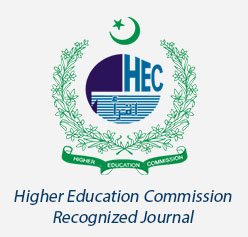Global Overview of Sars-Cov-2 Induced Covid-19 In 2020: Biological Characterization, Epidemiology with Social, Economic and Environmental Implications
DOI:
https://doi.org/10.37962/jbas.v13i1.391Keywords:
Coronavirus, SARS-CoV-2, Globalization, Economic impact, Social impact, Biological CharacterizationAbstract
Background: COVID-19 is a global pandemic initiated in January 2020 that caused 79 million cases and more than 1.7 million deaths worldwide. The causative agent of COVID-19 is Severe Acute Respiratory Syndrome Coronavirus-2, a member of Betacoronvirus. COVID-19 patients are classified into asymptomatic, mild symptomatic, and severe symptomatic cases.
Objectives: To review the prevalence, therapeutic interventions for the treatment, vaccination, and containment of COVID-19 in four quarters of 2020, emphasizing the advancements in biological studies, and the social, economic, and environmental impact of the pandemic.
Methodology: Data of COVID-19 spread, identification, prevention, and control measures was analyzed. The impacts of pandemic on society, economy, and the environment were assessed.
Results: Owing to distinct genome of COVID-19, de novo diagnostic tests have been designed, optimized, and carried out in individuals. The specimen for viral detection can be selected from sputum, nasal, and pharyngeal swabs, anal swabs, blood, Bronchoalveolar Lavage Fluid (BLF), and secretions of lower respiratory tract. Primary treatment includes antiviral therapeutic agents, whereas, supplementary treatment includes corticosteroid therapy, antibiotic treatment, and oxygen therapy with the help of non-invasive and invasive mechanical ventilation. The lack of targeted therapeutics failed to induce a 100% mortality rate as recovered patients’ immune system produces CD4+ and CD8+ T cell responses and antibodies against the spike protein of the virus. In order to contain the virus spread and build herd immunity in the masses, protein subunit vaccines, RNA-based vaccines, and VLPs were developed.
Conclusion: The social, economic, and environmental impact of COVID-19 has threatened the global community. The novel prevention and control measures offered significant benefits however, an effective treatment will possibly always be required even with the end of pandemic.

















